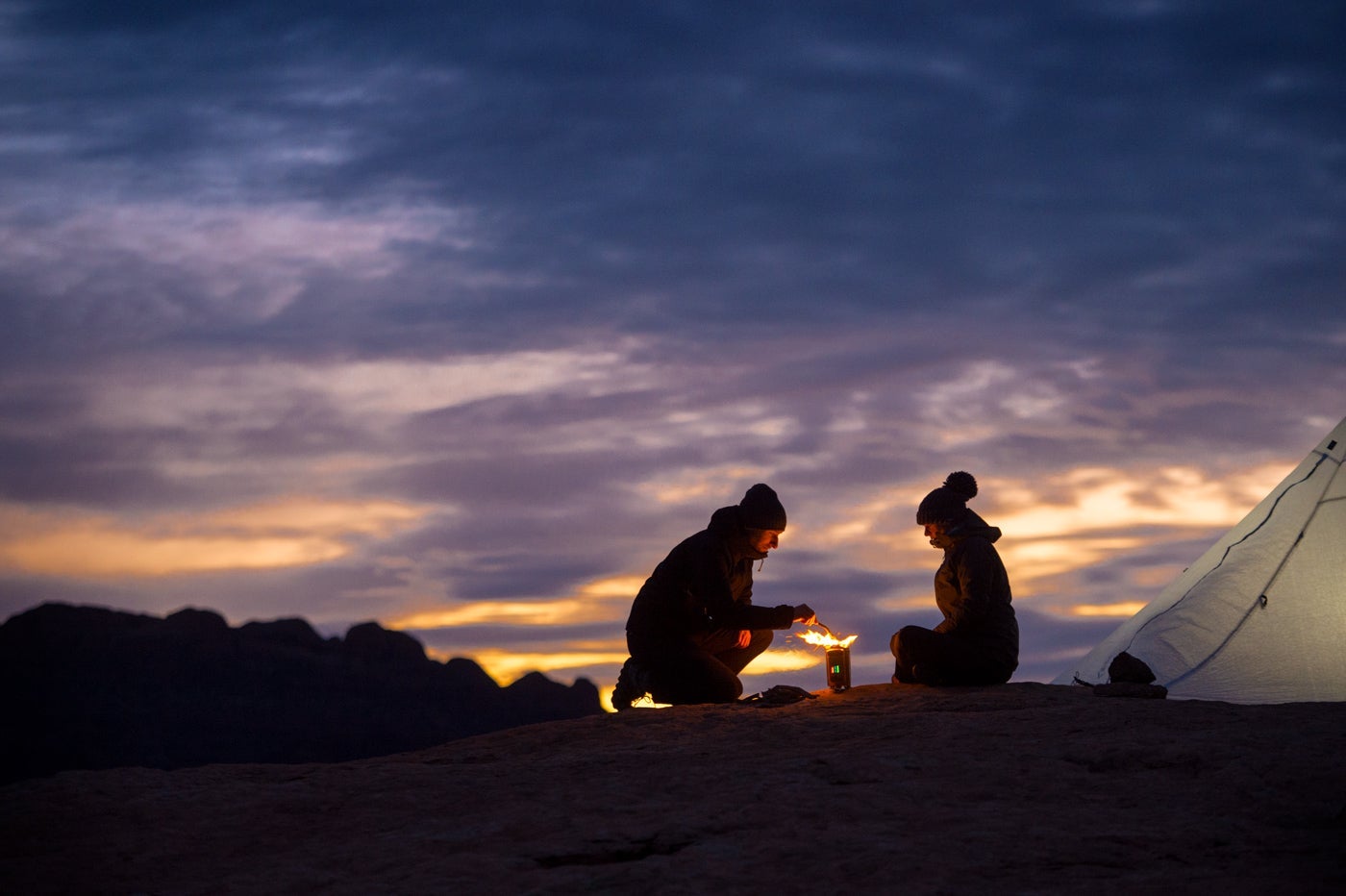BioLite began with a quest to give campers a better way to cook with wood—but call it a cooking company, and you miss the point. This brand’s true focus is developing energy for off-grid living, whether that’s in Yellowstone or Kenya. Because while some travelers prefer to unplug completely from connected life, residents of developing communities crave the kind of comforts—like light, and stoves—that only power can provide.
Early on, BioLite’s founders realized that improving wood-burning technologies could have an impact beyond the campsite. Approximately half the world’s population still cooks with wood, because they live in off-grid communities that don’t support the electric cooktops that are so common in American kitchens. So from the start, BioLite developed not only a camp stove that burned wood as efficiently as gas, but also home units that transformed daily routines for people living in remote parts of Africa.
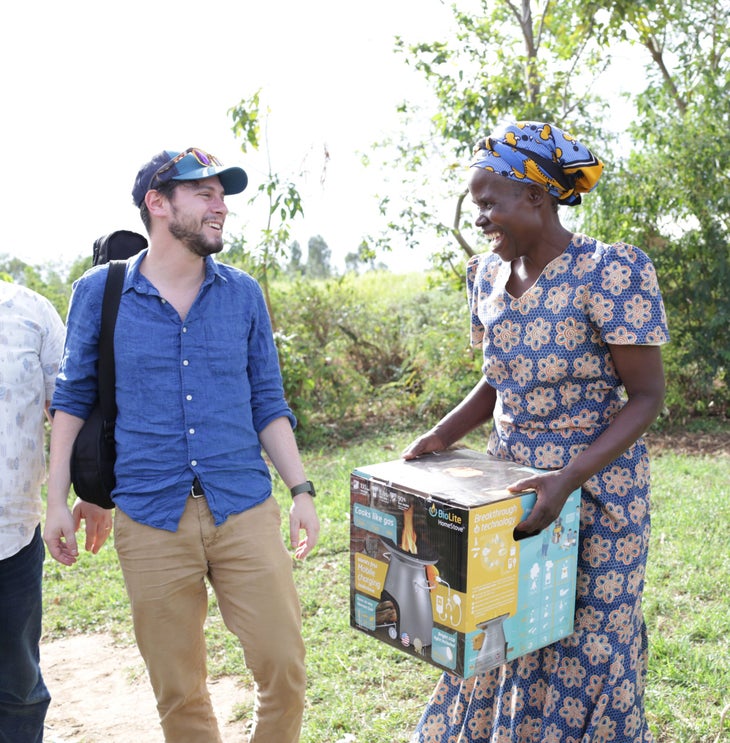
Now, the company also makes lanterns, pendant lamps, pizza ovens, even solar panels capable of aligning themselves to the angle of the sun (which improves energy output by up to 30 percent). All double as chargers for travelers’ phones, cameras, and tablets. And they’re changing what you can and can’t do while hiking, camping, and van-lifing in remote places.
We caught up with BioLite’s co-founder and CEO Jonathan Cedar to hear how burning a few sticks ignited an energy revolution.
In 2012, you burst onto the outdoor scene as a kooky little wood-burning stove company. Tell us about the birth of your first product, the CampStove, and how it came to be.
The CampStove was born as a night-and-weekend project as Alec Drummond and I were working at Smart Design, the largest design firm in New York. He came to me in 2006 and said, “Hey, I’d like to build a wood-burning stove.”
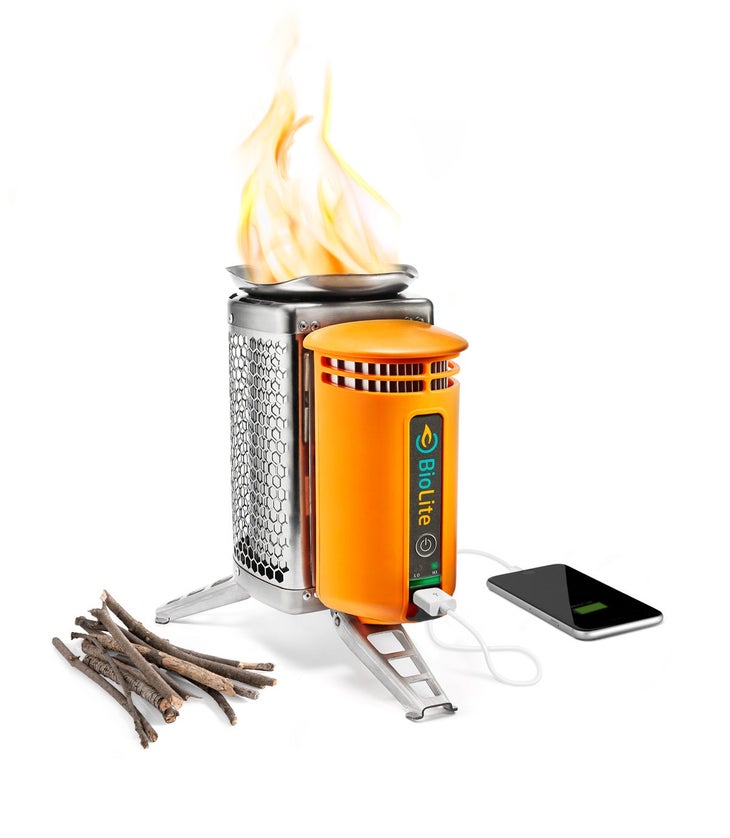
Wood is a fuel that’s all around us—it just required better technology to use it effectively. We knew that if you insulate the fire to make it very hot, you could make it burn as cleanly as gas. But to do that, you need electricity to run a fan. So our idea was to harness the waste heat from the fire and use it to power combustion.
In 18 months, we had a prototype: you put sticks in it, and it would generate electricity to power a fan. We took that to a combustion conference and realized, oh my gosh: this is a much bigger problem than campers needing a better cooking stove. Half of the planet still cooks with wood, and in some places, smoke from those fires kills more people than HIV, malaria, and tuberculosis combined. And we were leagues ahead of the other technologies that were aimed at this problem. So in 2011 we raised some VC to pursue a parallel business model that would target the camping and developing markets simultaneously. We launched the CampStove direct to consumer in 2012. We thought we’d sell a few thousand units, but we soon sold 30,000 units, all without advertising, through our website.
REI jumped on it too, scooping up all the stoves you could produce. Did that hurt you with independent outdoor specialty shops?
Yes and no. REI did amazing things for us, like taking out two-page spreads for us in Backpacker and ���ϳԹ���, and putting us on end-caps in their stores. They really put a lot behind us. We were their most successful stove launch ever, which earned us a nomination as Vendor of the Year in 2013.
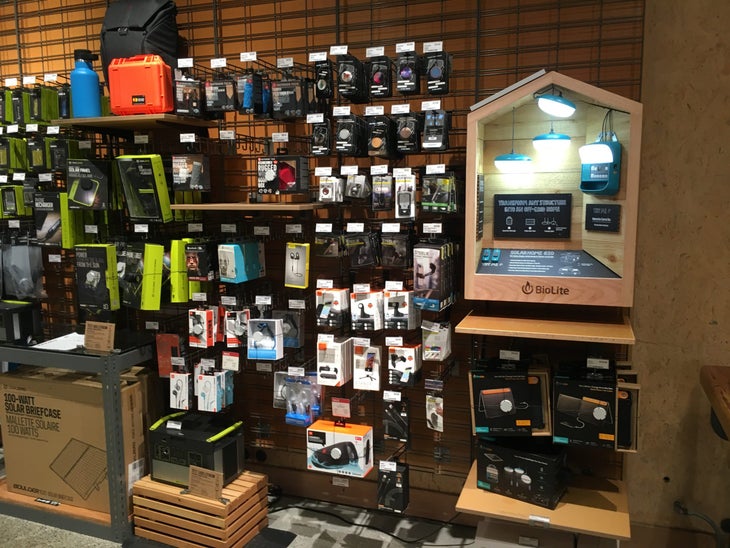
Our production line was 100 percent booked for the year, and we didn’t even have a sales team. So we just weren’t in a position to service the hundreds of specialty accounts that came to us with interest. We had to say, “We will be able to work with you next year, but we don’t have the team to support you guys yet.” And to this day, BioLite has a great reputation for strong performance with larger retailers, but our inability to service specialty in our first year to market, that’s—well, we’ve been trying very hard to regain that trust.
Flash forward seven years, and BioLite has grown way beyond wood-burning stoves. Now you make a bunch of stuff that’s fueled by biomass. And what is that, anyway?
Biomass is wood. We call it biomass because we still talk like engineers [laughing]. We’ve always thought of ourselves as an energy company. That first product was a wood-burning stove that also generated electricity so you could charge a phone or LED light. So once we launched the stove, we worked on rechargeable LED lighting. And we understood that not everyone wants to charge their lantern with a wood fire, so we looked at solar as well. We built a portfolio of products that cook, charge, and light life beyond the grid.
Your new headlamp is particularly cool.
We wanted to push the same level of innovation that we brought to lanterns to headlamps—which have been slow to make the transition to rechargeable and incorporate advanced technology. We believe that rechargeables offer the potential for the greatest convenience and value. And there’s been a huge amount of technology developed that headlamps have not exploited.
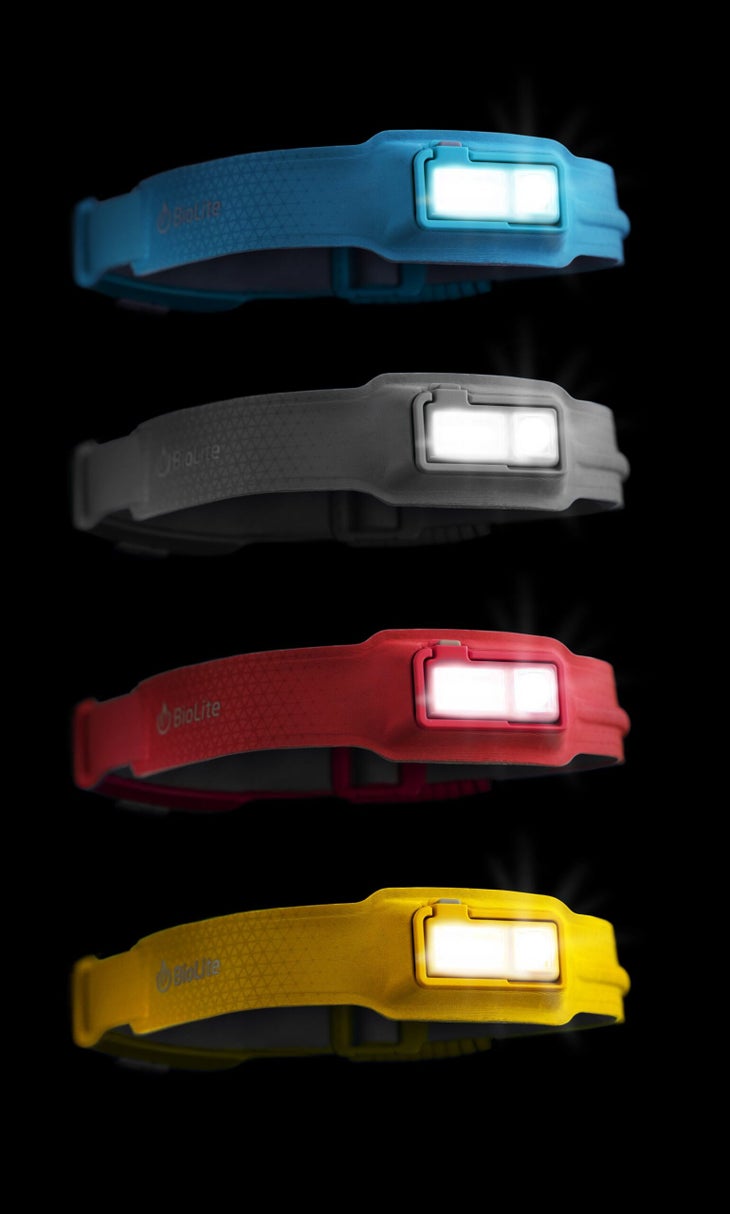
For example, LEDs are tiny, yet headlamps are still very bulky. Everyone’s still borrowing from an artifact that was developed by coal miners 100 years ago. So we asked, how do we miniaturize headlamps? Our goal was to make them as seamless to wear as a pair of contact lenses. Something that lets you forget about the technology and just go about your business. We took our lessons from wearables, like the Nike Fuel band. Wearables are meant to connect to the body first—so for us, that meant re-thinking the interface first, and fitting the lighting into that.
Let’s pull back the curtain on the company. Why do you do what you do?
Energy is one of the most important tools we use to be productive, safe, connected and comfortable in the world. We think that’s a fundamental right—that everyone has energy to pursue their lives. Technology has advanced to the point where we can cost-effectively and durably provide energy to consumers [in emerging markets] that don’t have the resources to pay for it. Fundamentally, that’s what drives our business, and our mission.
Meanwhile, most of us at BioLite go camping, climbing, cycling, backpacking—and this is where we connect with this need for off-grid energy, when we go off-grid and recharge ourselves. As a business, it’s a synergy. The outdoor markets grow the company so we can invest really deeply in technology and in developing markets. And those developing markets help us improve our products for the recreational market, because if something holds up every day for years in a primitive home in Kenya, it’ll serve you on the trail.
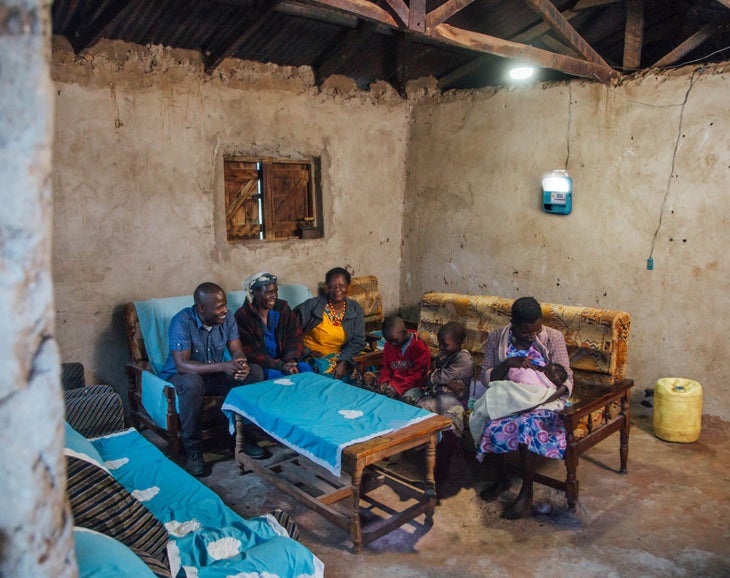
What sparked your growth beyond recreational gear to community power?
From Day One, we wanted to pursue parallel innovations, and to amortize those investments across two markets. As a category, electronics in the outdoor industry have mostly been developed by climbing companies, like Petzl and Black Diamond. But those are not tech companies. When you go there, you see engineers making carabiners. BioLite is a bunch of electrical engineers. We are built like a modern technology company. That’s where the real innovation in personal energy is going to come from.
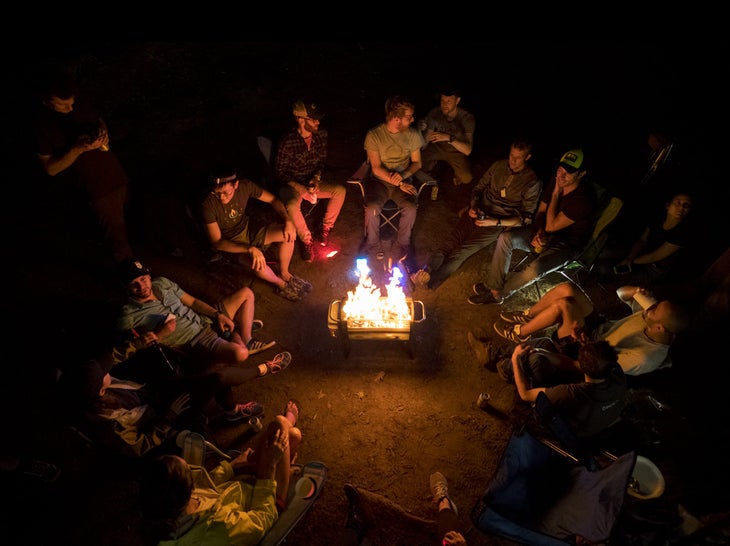
Tell us about your R&D process and what goes on in your Brooklyn, New York, headquarters on an average day?
We employ 65 people, half in the U.S. and half in Kenya. R&D is 50 percent of our U.S. team. Usually, we’ve got three or four development projects running at any given point. And the R&D process is unique in that we don’t set goals like, “We want to build a 500-lumen headlamp.” Instead, we tell our product team, “Go out and tell us what’s possible. What would really transform people’s lives?” We define our problems from a more user-centered perspective, so we’re coming to opportunities that can’t be found from a marketing-driven standpoint.
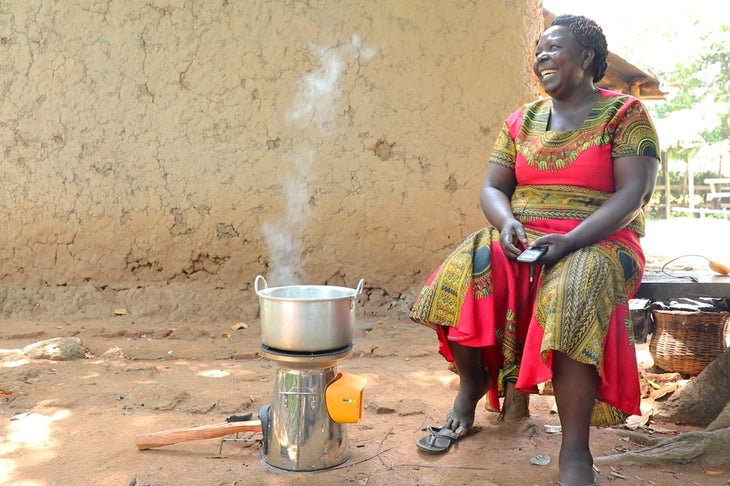
Is it more rewarding to outfit recreational adventurers? Or people living in emerging markets?
That’s a tough one. I love working on both pieces of the business. I worked on ski patrol in college, and spent two years teaching outdoor education on a 150-foot tall ship in the Atlantic Ocean. The outdoors is part of my personal DNA, so it’s satisfying to work on products for that sphere. But at the same time, it’s pretty amazing to walk into someone’s house in Kenya and hear them say, “You’ve turned my village into a city. You’ve given me a way to cook that doesn’t fill my house with smoke. You’ve given me lighting that opens up a whole new range of evening activities.” This is transformation. We’re helping off-grid families participate in modern progress, and that feels fantastic.
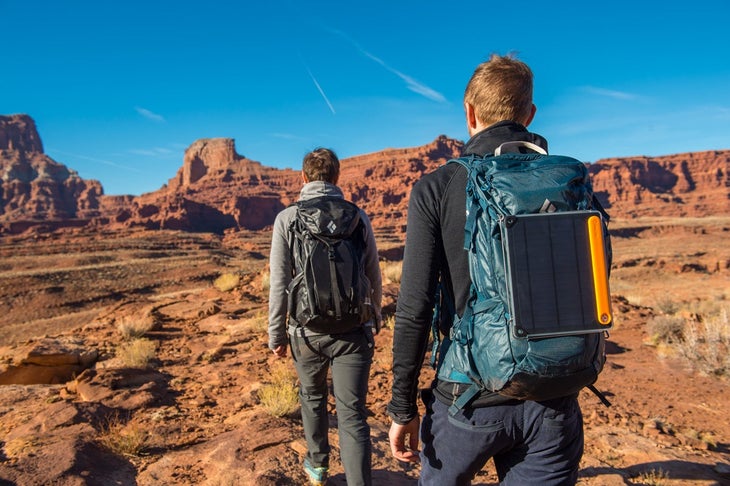
Where do you see BioLite going in years to come?
We’re all living more mobile lives. If you go biking in Iceland, you want to bring your tablet, so you can blog about it. And work is becoming more mobile. So we’re asking ourselves, how do we support a lifestyle that’s ever-more power hungry? We’re excited to step into the headlamp category with such a differentiated product, but we’re looking at all the ways that encourage mobile living off the grid, and we’re trying to invent the appliances that support that lifestyle.
Do you anticipate venturing out into other product categories outside of stoves, power, and lighting? Water maybe?
We do see things like water purification, refrigeration, even communication to be core energy-enabled needs beyond the grid. The goal is to be able to do everything you want to do on the grid, in an off-grid environment. Not that everyone has to travel that way. We’re not telling you to bring your whole urban kitchen to the backcountry.
But we do think that when you augment your ability to stay off the grid longer, you go farther. Running out of energy is experience-limiting. Our goal is to let people push the boundaries of their experiences and push frontiers that they may not have been comfortable or capable of doing otherwise.
What do you want to say to independent outdoor specialty shops about why they should take a fresh look at BioLite products for their stores and customers?
Independent shops are where a lot of customers go for innovative products. Innovation requires explanation. So there’s no better place for people to get information about new and innovative products than independent specialty channels. We [BioLite] can be a good way for shops to excite their customer base about what’s new and what’s possible. And shops offer us a way to provide comprehensive education to users that we just can’t do from our head office.


